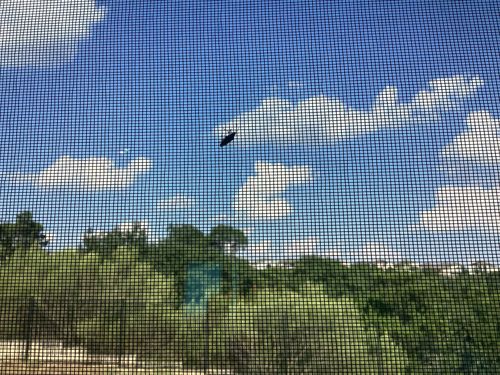Scarab Beetle
Scientific Name: Scarabaeidae (family)
Order & Family: Order: Coleoptera, Family: Scarabaeidae
Size: Typically 5 mm to 60 mm, though some species can be much larger (up to 180 mm). The one in the image appears to be in the smaller to medium range.

Natural Habitat
Widely diverse, found in almost all terrestrial habitats except polar regions. They can be found in forests, grasslands, deserts, agricultural fields, and urban areas, often near decaying organic matter, dung, or plants.
Diet & Feeding
Highly varied depending on the species. Many are detritivores, feeding on dung (dung beetles) or decaying plant matter. Others are herbivorous, consuming leaves, roots, flowers (e.g., Japanese beetles, chafers), or fruit. Some are predatory.
Behavior Patterns
Many scarab beetles are nocturnal, attracted to lights. They undergo complete metamorphosis (egg, larva, pupa, adult). Larvae (grubs) are often C-shaped and live underground, feeding on roots or decaying matter. Adults are known for their strong flight and some species exhibit complex behaviors like dung rolling and burying.
Risks & Benefits
Risks: Some herbivorous species can be significant agricultural pests (e.g., Japanese beetles, June bugs), damaging crops, lawns, and gardens. Benefits: Many species, especially dung beetles, are crucial decomposers, recycling nutrients, improving soil quality, and controlling pest flies. They are also important pollinators for some plants.
Identified on: 9/19/2025